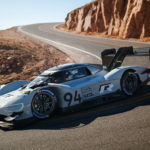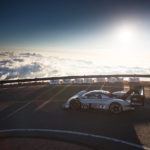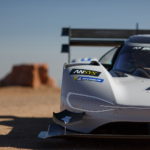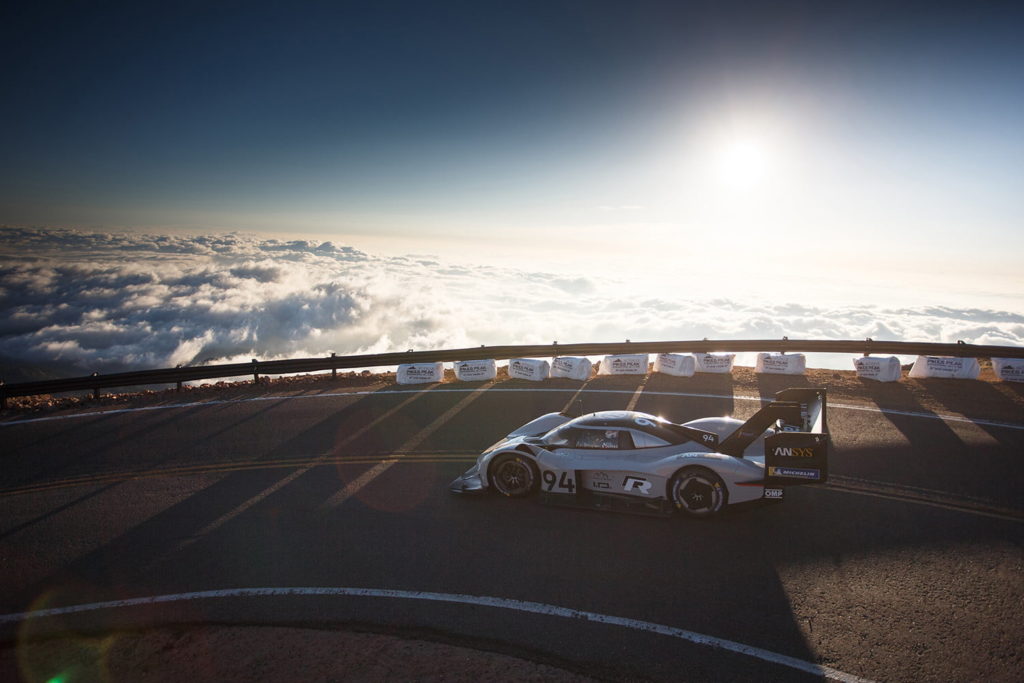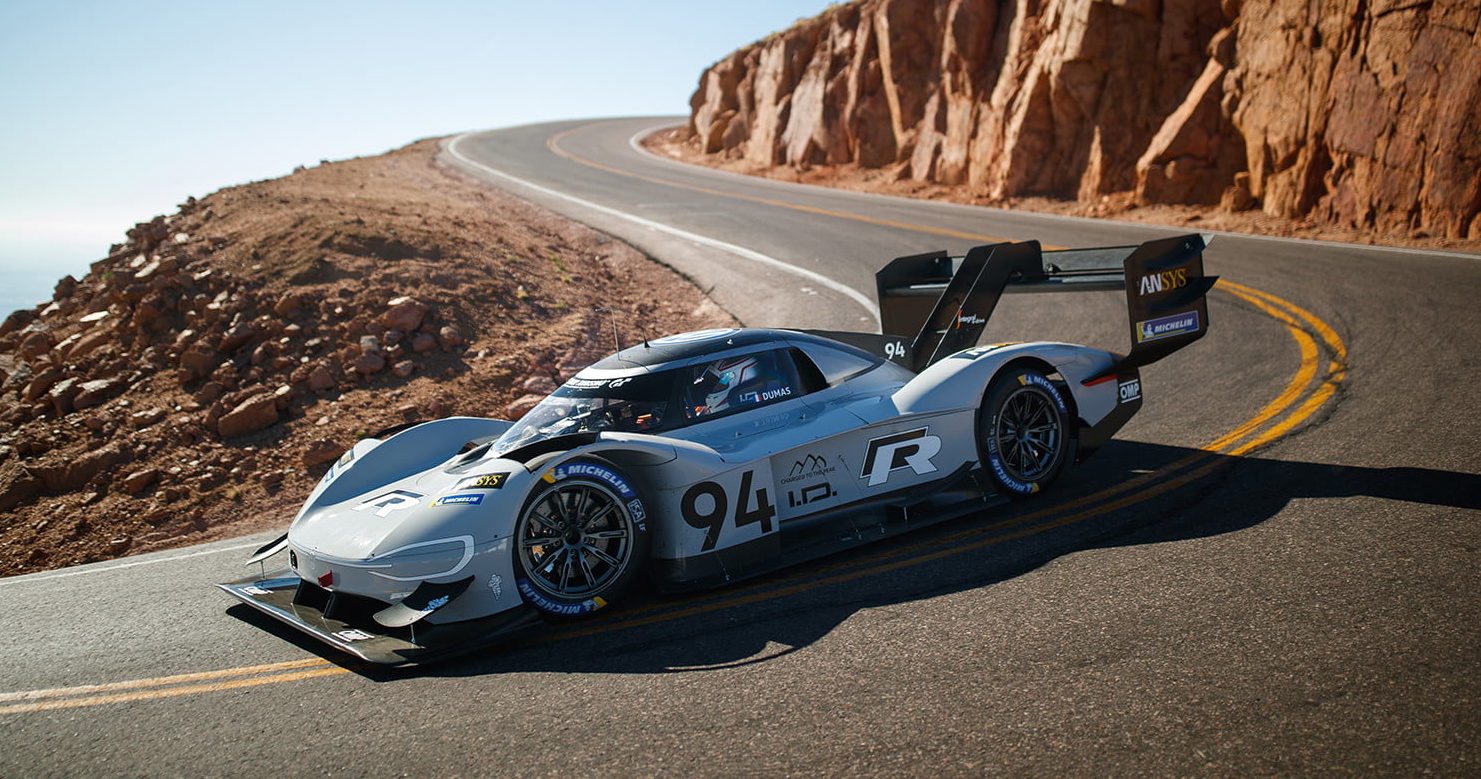
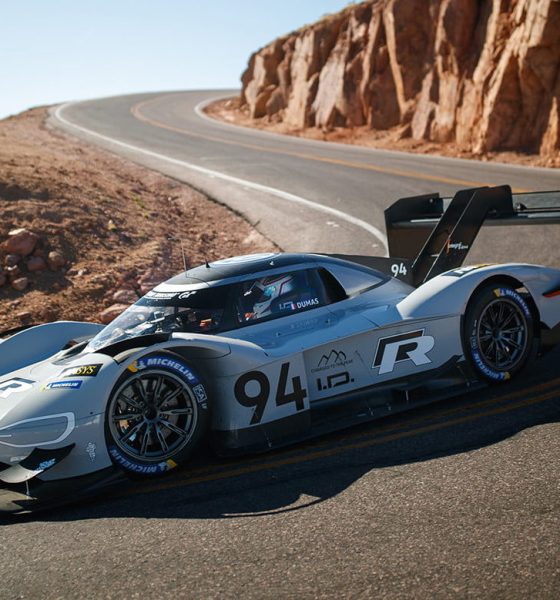
Lifestyle
Why electric vehicles will continue to dominate Pikes Peak after record-shattering run
The Pikes Peak International Hill Climb happens every June in Colorado, sending cars from the base of Pikes Peak up to its top in an arduous climb to a 14,000 feet elevation. The speeds gained are not spectacular by today’s racing standards, but the climb itself is a mixture of brute power and endurance like no other race in the world.
Climbing Pikes Peak even on a normal day is not easily done. Most production vehicles will struggle to get to the summit and many will fail to do so. That’s under standard driving conditions on what is now a fully-paved roadway. The reasons for this are many, but boil down to altitude, the uphill grade, and the huge number of curves in the 12.42-mile road into the clouds.
This year, the Pikes Peak IHC record was blasted through by an electric car. Not for the first time, but so definitively that it’s considered a huge milestone. The car was a Volkswagen purpose-built design whose name specifies what it’s for: the I.D. R Pikes Peak. Meant to showcase the electrification efforts of VW’s new I.D. brand, the car was built specifically to make the Pikes Peak hill climb as quickly as possible. The engineering behind the car is amazing.
Before we talk about that, though, an understanding of what’s at stake at Pikes Peak and how difficult this race really is should be had.
About the Hill Climb
The Pikes Peak International Hill Climb has been the go-to endurance race for high-altitude automotive for over a century. As the second-oldest race in the United States, the Pikes Peak IHC starts at mile marker 7 on the Pikes Peak Highway and runs right up to the top of the roadway’s end 12.42 miles up. There are 156 turns going up the mountain and driver and vehicle gain nearly 5,000 feet in altitude during the climb. The highest point in the race reaches into the sky to over 14,000 feet above sea level.
This amount of climb at that altitude poses significant challenges for race teams. The thin air means less oxygen for driver and machine, sapping performance considerably. With combustion engines, it means less oxygen for the combustion process. With electrics, it often means less cooling for the batteries and components. Most performance electric vehicles can use significant amounts of energy cooling batteries, which heat up quickly during high-performance driving. Components like electric motors and controllers can similarly have performance drain from heat.
Thus taking a Tesla Model X P100D to Pikes Peak, for example, might be a walk in the park under normal driving conditions, suffering nothing more than a significantly lowered range due to the amount of hill climbing involved. Yet trying to race that X up to the Peak will result in the vehicle overheating and entering limp mode early in the run.
Since 2011 when the Pikes Peak Highway was completely paved, most vehicles, whether electric or not, have been able to make the climb under normal conditions if driven leisurely.
Why Electrics Dominate Pikes Peak
The roadblocks for an EV climbing Pikes Peak versus a combustion-powered vehicle in the same race, are far fewer. With the problems of weight versus range having been conquered for some time, the issue of power delivery versus thermal management is the focus.
One of the first electric vehicles to make headlines for its Pikes Peak International Hill Climb run was the Drive eO PP03. Its race time, an impressive 9 minutes, 7.22 seconds, however, was not the reason it was noticed. It was noticed because it was an electric car piloted by rally champion and well-known Pikes Peak racer Rhys Millen. And the PP03 beat the expected EV winner, Nobuhiro Tajima, by over 20 seconds.
Since then, an EV has made headlines in every Pikes Peak race. None, until this year, have beaten the 2013 record set by Sebastian Loeb in a specially-modified Peugeot 208. That record, at 8 minutes and 57 seconds, was compared to how long it takes to fly a helicopter, vertically, from the base to the summit.
That record is no more. Thanks to Volkswagen.
The Volkswagen I.D. R Pikes Peak
This specially-built racer was designed, engineered, tested, and raced in only eight months from start to finish. The car set a Pikes Peak Challenge time of just 7 minutes, 57.148 seconds and its engineers say that if conditions had been perfect on race day, it could have made it even faster. Driver Romain Dumas agreed with that assessment. He also said that the race to the summit is far tougher than an entire 24 Hours of Le Mans run.
The secret is in the battery balance of size, weight, and power delivery. There are two battery packs, each running alongside the driver at the center of the chassis. Each pack powers an electric motor. The entire vehicle weighs under 2,500 pounds and produces 670 horsepower of output. It’s 0-60 mph time is 2.2 seconds, faster than a Formula 1 car, and it can sustain that kind of power output for the duration of its charge. Without becoming crippled by heat.
Rather than add weight- and power-expensive cooling, Volkswagen chose to leave the batteries without thermal management. Instead, airflow around and through the car is critical to its success. The bodywork of the I.D. R Pikes Peak is designed in a way similar to Sprint and Formula race cars, aimed towards managing airflow carefully in order to maximize performance capability. Where a combustion-powered car would direct airflow into the engine through ducting and around the engine for cooling, the I.D. R instead focuses airflow around the batteries and components for maximum cooling (even at thin-air altitudes). It also maximizes airflow around the wheels, as per a Formula car, to maximize downward thrust and improve traction for both straightaways and corners.
This was coupled with a design made specifically for the Pikes Peak climb. The course is just over 12 miles long, so the batteries were sized and formulated to give enough power to run full-throttle for about 13 miles. Cell chemistry is designed to store maximum power and then deliver it at high volume for a sustained amount of time. Unlike production car batteries, of course, VW’s batteries in the I.D. R Pikes Peak don’t have to meet production-level warranty requirements or cycle lifespans.
By perfectly balancing the car’s aerodynamics, cooling flow, battery size, weight distribution, and power delivery, the VW team was able to shatter the previous record for the Pikes Peak International Hill Climb. It’s likely that this record will remain for some time.
Going forward, it’s clear that the advantages electric vehicles have in a race like the Pikes Peak IHC are many and most of the roadblocks towards keeping them out of the running are now surmounted. Combustion engines may continue to win this particular race, on occasion, but it’s very unlikely that they’ll dominate from here on out. For perspective, Rhys Millen, who previously won the EV record, was driving a Bentley SUV with a 12-cylinder engine and took almost 11 minutes to finish the race.
https://www.youtube.com/watch?v=0c3ndL0mSAQ

Lifestyle
Tesla Model S Plaid battles China’s 1500 hp monster Nurburgring monster, with surprising results
There is just something about Tesla’s tuning and refinement that makes raw specs seem not as game-changing.
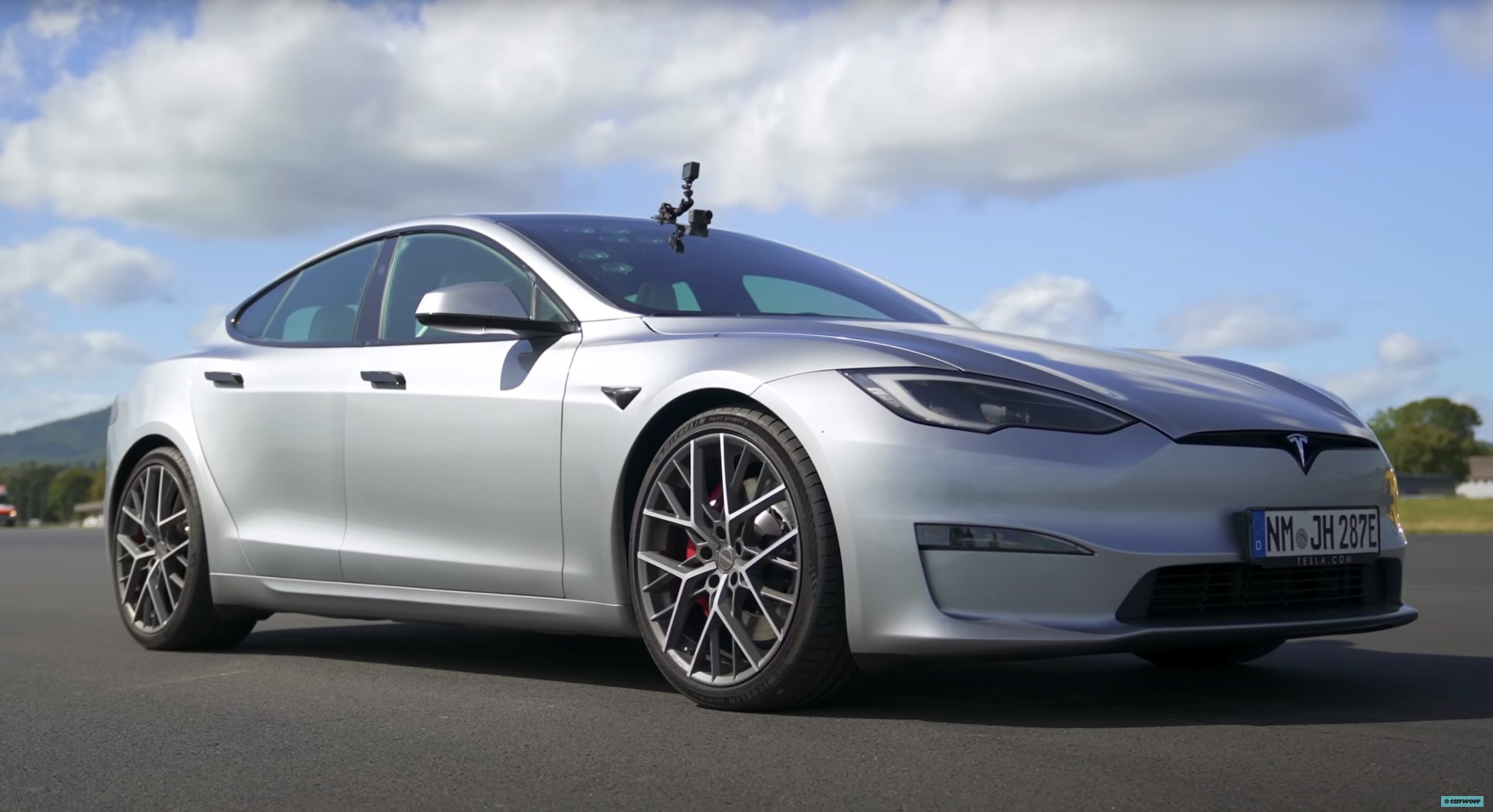
The Tesla Model S Plaid has been around for some time. Today, it is no longer the world’s quickest four-door electric sedan, nor is it the most powerful. As per a recent video from motoring YouTube channel Carwow, however, it seems like the Model S Plaid is still more than a match for some of its newer and more powerful rivals.
The monster from China
The Xiaomi SU7 Ultra is nothing short of a monster. Just like the Model S Plaid, it features three motors. It also has 1,548 hp and 1,770 Nm of torque. It’s All Wheel Drive and weighs a hefty 2,360 kg. The vehicle, which costs just about the equivalent of £55,000, has been recorded setting an insane 7:04.957 at the Nurburgring, surpassing the previous record held by the Porsche Taycan Turbo GT.
For all intents and purposes, the Model S Plaid looked outgunned in Carwow’s test. The Model S Plaid is no slouch with its three motors that produce 1,020 hp and 1,420 Nm of torque. It’s also a bit lighter at 2,190 kg despite its larger size. However, as the Carwow host pointed out, the Model S Plaid holds a 7:25.231 record in the Nurburgring. Compared to the Xiaomi SU7 Ultra’s record, the Model S Plaid’s lap time is notably slower.
Real-world tests
As could be seen in Carwow’s drag races, however, Tesla’s tech wizardry with the Model S Plaid is still hard to beat. The two vehicles competed in nine races, and the older Model S Plaid actually beat its newer, more powerful counterpart from China several times. At one point in the race, the Xiaomi SU7 Ultra hit its power limit due to its battery’s temperature, but the Model S Plaid was still going strong.
The Model S Plaid was first teased five years ago, in September 2020 during Tesla’s Battery Day. Since then, cars like the Lucid Air Sapphire and the Xiaomi SU7 Ultra have been released, surpassing its specs. But just like the Model Y ended up being the better all-rounder compared to the BYD Sealion 7 and the MG IM6, there is just something about Tesla’s tuning and refinement that makes raw specs seem not as game-changing.
Check out Carwow’s Model S Plaid vs Xiaomi SU7 drag race video below.
Lifestyle
500-mile test proves why Tesla Model Y still humiliates rivals in Europe
On paper, the BYD Sealion 7 and MG IM6 promised standout capabilities against the Model Y.
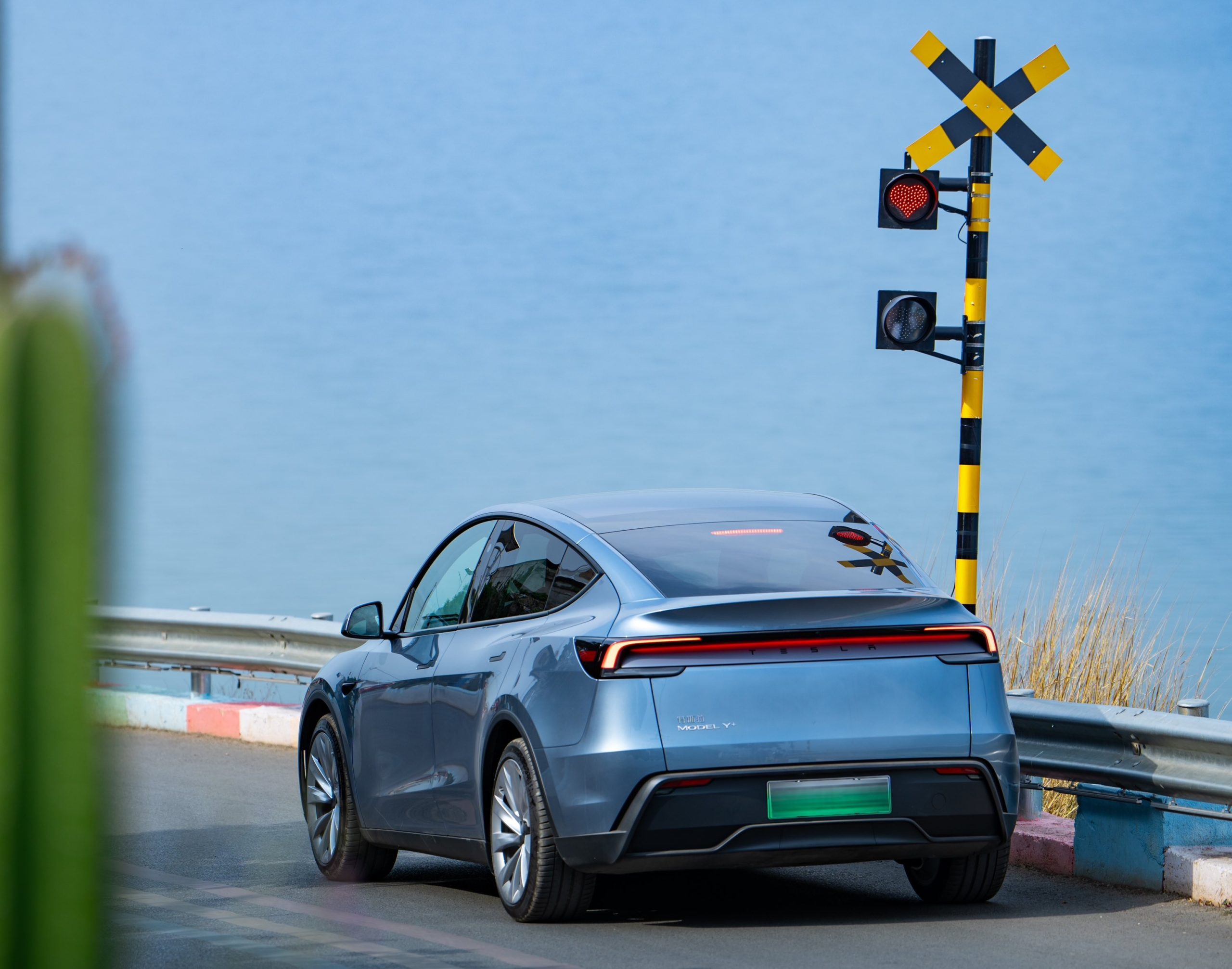
BYD is seeing a lot of momentum in Europe, so much so that mainstream media has taken every opportunity to argue that the Chinese automaker has beaten Tesla in the region. But while BYD sales this year in Europe are rising and Tesla’s registrations remain challenged, the raw capabilities of vehicles like the Model Y are difficult to deny.
This was highlighted in a 500-mile challenge by What Car? magazine, which showed that the new Tesla Model Y is more efficient, cheaper to run, and more reliable than rivals like the BYD Sealion 7, and even the nearly 400 KW-charging MG IM6.
Range and charging promises
On paper, the BYD Sealion 7 and MG IM6 promised standout capabilities against the Model Y. The Sealion 7 had more estimated range and the IM6 promised significantly faster charging. When faced with real-world conditions, however, it was still the Model Y that proved superior.
During the 500-mile test, the BYD nearly failed to reach a charging stop, arriving with less range than its display projected, as noted in a CarUp report. MG fared better, but its charging speeds never reached its promised nearly-400 kW charging speed. Tesla’s Model Y, by comparison, managed energy calculations precisely and arrived at each stop without issue.
Tesla leads in areas that matter
Charging times from 25% to 80% showed that the MG was the fastest at 17 minutes, while Tesla and BYD were close at 28 and 29 minutes, respectively. Overall efficiency and cost told a different story, however. The Model Y consumed 19.4 kWh per 100 km, compared to 22.2 for MG and 23.9 for BYD. Over the full trip, Tesla’s charging costs totaled just £82 thanks to its supercharger network, far below BYD’s £130 and MG’s £119.
What Car? Magazine’s testers concluded that despite BYD’s rapid sales growth and the MG IM6’s seriously impressive charging speeds, Tesla remains the more compelling real-world choice. The Model Y just offers stability, efficiency, and a proven charging infrastructure through its Supercharging network. And as per the magazine’s hosts, the Model Y is even the cheapest car to own among the three that were tested.
Watch What Car? Magazine’s 500-mile test in the video below.
Lifestyle
Tesla Cybertruck slapped with world’s least intimidating ticket, and it’s pure cringe
One cannot help but cringe and feel second-hand embarrassment at the idea of a person just driving around with a stack of these babies.
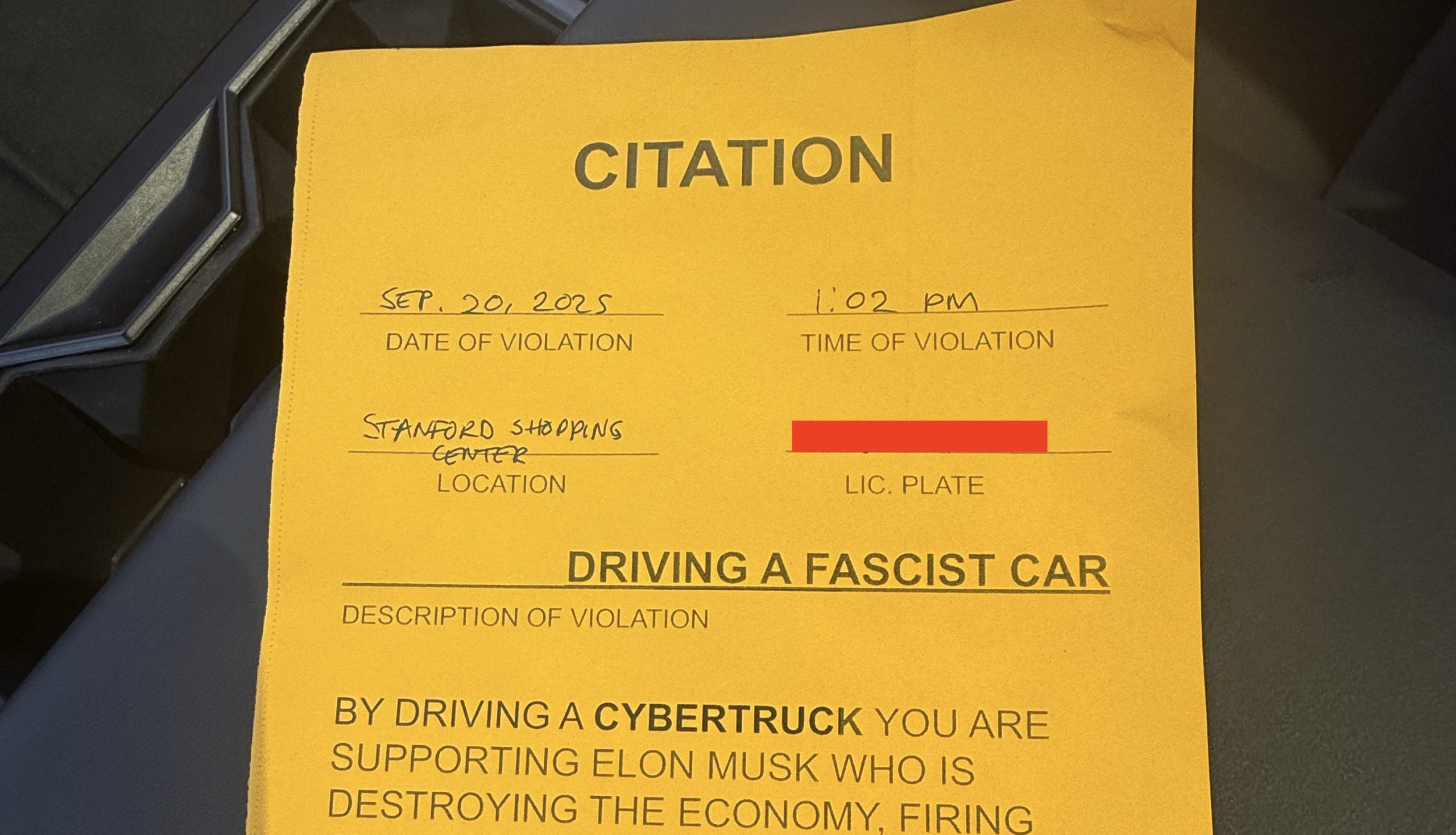
A Cybertruck parked at Stanford Shopping Center in California was recently hit with what might be the most try-hard piece of paper ever slipped under a wiper blade: a “fake citation” accusing the driver of supporting a “fascist car.”
The note, shared on X by Tesla staff program manager Ryan Torres, quickly made the rounds on X, where it quickly gained attention as an example of how not to protest.
The world’s least intimidating ticket
According to the citation, the supposed “violation” was “driving a fascist car.” The remedial action? Take the bus, call an Uber, or ride a bike. The note also dubbed Elon Musk a “chainsaw-wielding Nazi billionaire.” Now, protests against Tesla and Elon Musk have become commonplace this year, but one cannot help but cringe and feel second-hand embarrassment at the idea of a person just driving around with a stack of fake anti-Tesla/Musk citations.
Torres pointed out the irony himself in his post on X. Tesla currently employs over 140,000 Americans, and SpaceX has put the U.S. firmly back at the top of space technology. As Torres put it, maybe the person behind the world’s least intimidating ticket should “read a book on innovation before vandalizing” other people’s property.
Peak performative clownery
Not to mention that the fake ticket’s logic collapses under its own weight. EVs like the Cybertruck are literally designed to reduce emissions, not “destroy the economy.” If anything, Tesla has bolstered the United States’ economy by fueling jobs in engineering, manufacturing, and clean energy. It’s not the first time a Tesla has been the target of vandalism or politically charged notes, but this one stands out for sheer cringe value.
Torres summed it up neatly: “Peak clownery.” On that point, at least, the citation earns full marks. In a way, though, perhaps cringe fake tickets are not as bad as the literal firebombs that were being thrown at Tesla stores and cars earlier this year because some critics were gleefully misinformed about Elon Musk.
